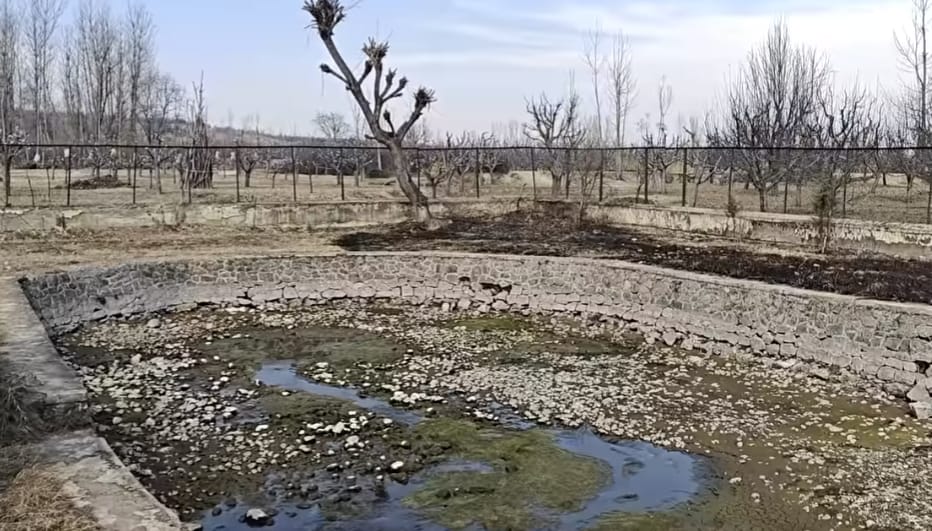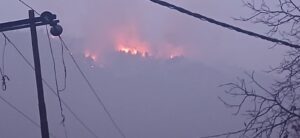After Achabal, Bulbul Nag spring in Kashmir dries up

Bulbul Nag, a centuries-old spring in Pulwama’s Newa area, has completely dried up, leaving thousands of residents in distress. For decades, this natural spring supplied drinking water to 39 villages, producing nearly six lakh gallons of water daily. However, with the ongoing dry spell, the spring now yields barely one lakh gallons—far too little to sustain the 20,000 to 30,000 people who depend on it.
“The water reduced last year as well, but then came back to normal with the rainfall,” said a local resident. “This year, there is no rain, and the spring has dried completely. Now even the bedrocks are easily visible.”
This crisis is not isolated. Just days ago, Achabal, one of Kashmir’s largest springs, also ran dry.
According to the Meteorological Department, January 2025 recorded an 87% deficit in precipitation, worsening the situation across the region. The absence of snowfall and rainfall has led to a rapid decline in groundwater levels, causing natural springs across Kashmir to disappear.
For over 45 years, Bulbul Nag served as a primary water source, with the government even installing pumping stations to distribute its water to nearby villages.
“The spring used to supply water to 39 villages,” another local said. “We used to produce six lakh gallons of water in 24 hours. Now, we barely get one lakh gallons, which isn’t enough for the people.”
Elders in the village recall a time when water was never scarce, when springs like Bulbul Nag flowed endlessly, feeding rivers, fields, and homes. “Kashmir was once known for its springs, for its flowing water and lush fields,” said an elderly resident. “Now, one by one, they are disappearing. It feels like we are watching our land wither away before our eyes.”
With no immediate solution in sight, the people of Newa and nearby villages are left wondering how they will cope if the dry spell continues.
The drying up of Bulbul Nag may be a local local issue— but it is a warning of a larger environmental crisis unfolding across Kashmir.





